2010 Visiting Speakers
Here are a few of our guest speakers from Mathcamp 2010:

Allan Adams (MIT)
Allan Adams works on quantum versions of algebraic and differential geometry that play a fundamental role in string theory, and uses black holes in 5 spacetime dimensions to study high-temperature superconductors in the usual 4. He believes that everyone should understand quantum mechanics - which is as beautiful and strange as it is true - and looks forward to discussing it at Mathcamp. Visit Allan's website.
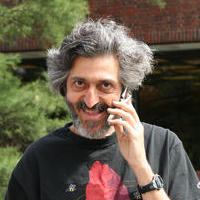
Avi Wigderson (School of Mathematics, Institute for Advanced Study)
Avi Wigderson studies Computational Complexity Theory, the mathematical foundations of computer science. This field tries to understand questions like "is multiplication harder than addition?" and "is discovery harder than verification?" (the latter is the famous "P vs. NP problem"). Favorite result: a "zero-knowledge" proof of every theorem. Visit Avi's website.
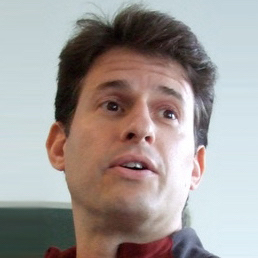
Branden Fitelson (U.C. Berkeley)
Branden Fitelson is currently Associate Professor of Philosophy at the University of California-Berkeley (in Fall 2010, Branden will be moving to the Philosophy Department at Rutgers University). He is also a member of the Cognitive Science Core Faculty and Berkeley, as well as the Group in Logic and Methodology of Science. Branden has been a co-organizer of the annual Formal Epistemology Workshops, since 2003. He also serves as a subject editor for the Formal Epistemology section of the Stanford Encyclopedia of Philosophy. His recent research is at the intersection of philosophy of science, epistemology, logic, and cognitive science (viz., formal epistemology). He has published various articles in these areas, and he has edited several special issues of journals on these topics as well. He is currently writing a book on the historical, philosophical, and cognitive-scientific significance and applications of Confirmation Theory. Visit Branden's website.
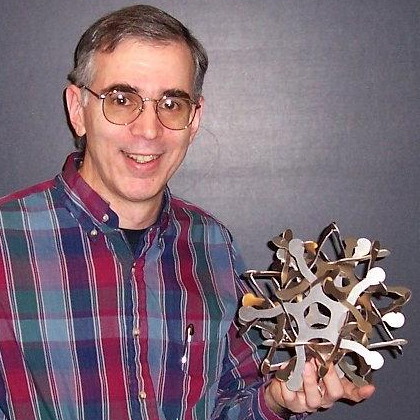
George Hart (SUNY Stony Brook)
George Hart is a professor of computer science and also a mathematical sculptor. At Mathcamp, he leads hands-on workshops, exploring the geometry of 3- and 4-dimensional space using various materials including the mathematical construction set Zometool. Visit George's website.
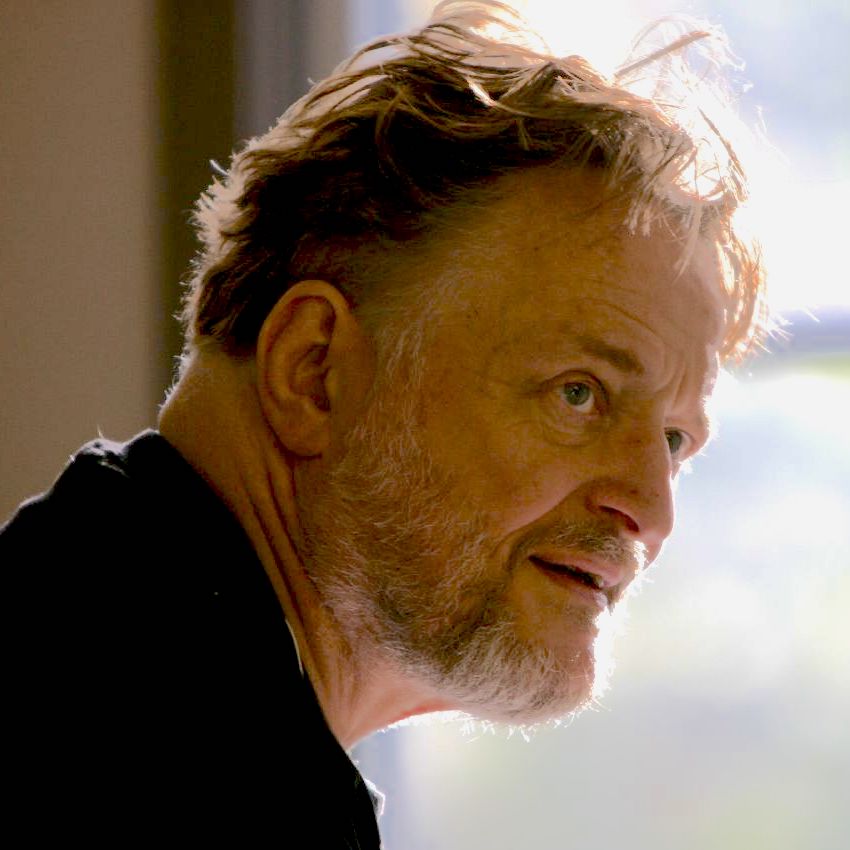
John Conway (Princeton University)
One of the most creative thinkers of our time, John Conway is known for his ground-breaking contributions to such diverse fields as knot theory, geometry of high dimensions, group theory, transfinite arithmetic, and the theory of mathematical games. Outside the mathematical community, he is perhaps best known as the inventor of the "Game of Life."
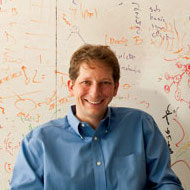
Josh Tenenbaum (MIT)
Josh Tenenbaum is a professor of cognitive science and a member of the MIT Computer Science and Artificial Intelligence Lab (CSAIL). In his research, he builds mathematical models of human and machine learning, reasoning, and perception. His interests also include neural networks, information theory, and statistical inference. Visit Josh's website.

Larry Guth (University of Toronto)
Larry Guth is a math professor at the University of Toronto. He does research in geometry, focusing on inequalities about lengths, areas, and volumes. For the last two years, he has been teaching a real analysis class for first-year grad students. Teaching that course, he has been developing a unit on common techniques and rules of thumb for proving inequalities.
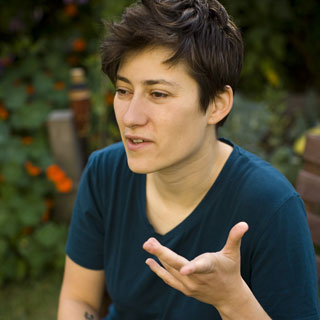
Moon Duchin (University of Michigan)
Moon Duchin works in geometric topology and geometric group theory. She particularly looks at the large-scale geometric structure of groups and unusual metric spaces. One recurring theme is taming the geometric infinite by either attaching a "boundary at infinity" to a space you want to study, or else approaching it dynamically by understanding what happens after you flow or jump around in your space for a really long time. She's also actively interested in history, philosophy, and cultural studies of science. Visit Moon's website.
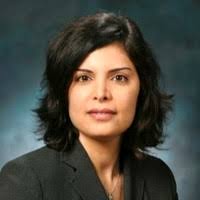
Tina Eliassi-Rad (Lawrence Livermore National Laboratory)
Tina Eliassi-Rad is a computer scientist and principal investigator at the Center for Applied Scientific Computing at Lawrence Livermore National Laboratory. She will join the faculty at the Department of Computer Science at Rutgers University in Fall 2010. Tina earned her Ph.D. in Computer Sciences (with a minor in Mathematical Statistics) at the University of Wisconsin-Madison. Her research interests include data mining, machine learning, and artificial intelligence. Her work has been applied to the World-Wide Web, text corpora, large-scale scientific simulation data, and complex networks. She serves as an acting editor for the Data Mining and Knowledge Discovery Journal. Visit Tina's website.





